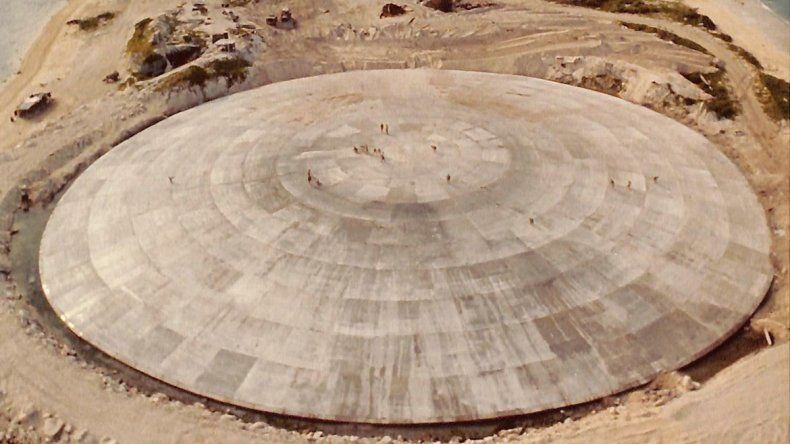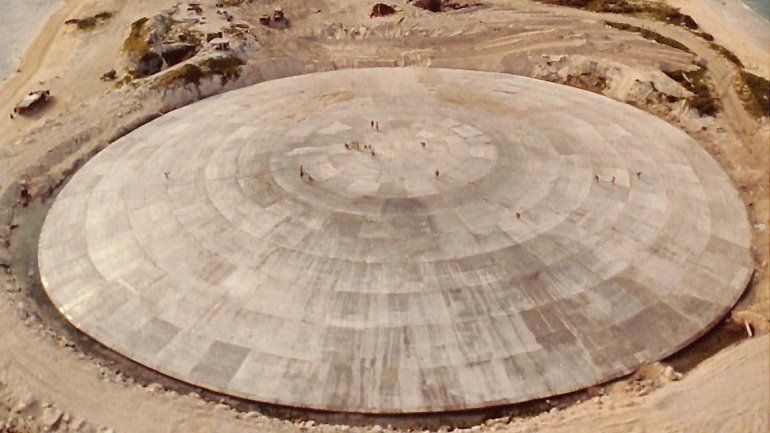
[ad_1]
An American nuclear bomb is about to pollute the Pacific.
United States. The bomb "Cactus" that exploded in 1958 as part of US nuclear testing was relatively small. Its heritage, on the other hand, is a heavy burden for the Marshall Islands, its crater being filled with nuclear waste and covered with a dome that begins to degrade. The UN Secretary General, Antonio Guterres, recently voiced concerns over possible leakage of radioactive material into Enewetak Atoll and presented this crater as "a kind of sarcophagus" .
Between 1946 and 1996, the United States, France and Britain conducted hundreds of nuclear tests on the Pacific Islands. The Americans performed more than 100 trials, including 67 between 1946 and 1958 on the Bikini and Enewetak atolls of the Marshall Islands, halfway between Australia and Hawaii. Two decades after the "Cactus" explosion on Runit Island, the US military dumped contaminated waste from dozens of other tests into its crater. Everything was covered in 1979 with a large circular cement dome 115 meters in diameter and 45 centimeters in thickness. This storage solution should be temporary. And for cost reasons, the bottom of the crater was not isolated by a layer of cement, hence the fears of radioactive leaks.
After four decades of exposure to the forces of nature, cracks appeared in the dome. The structure is also threatened by sea-level rise caused by climate change and it is unclear what its resistance may be in the event of a strong typhoon. Jack Ading, representative of the region in the Marshall Parliament, speaks of the dome located in a paradise landscape as "a monstrosity". And complaint: "It is full of radioactive contaminants such as plutonium 239, one of the most toxic substances known to man". And he adds, "The sarcophagus is leaking poison into the immediate environment, and the worst is that they tell us not to worry about leaks because the levels of radioactivity outside the dome are at least as high as inside. "
This dome is a symbol of the heavy legacy of the US nuclear testing program.
The people affected are about 800
Many residents were forced to evacuate their land and thousands of others were affected by radioactivity. The population of Enewetak, also evacuated, could not return until 1980. Some 800 people are living today on the southern tip of the atoll, 20 kilometers from Runit. After the withdrawal of the US military, the Marshall Islands government officially accepted a "full and final" payment intended to cover the impact of nuclear testing. But for decades, some have been denouncing too low offsets and the inability of the archipelago to handle nuclear waste, which, according to the UN, has caused "a legacy of mistrust" in the past. With respect to the United States.
What did you think of this news?
tags
.
[ad_2]
Source link
 Naaju Breaking News, Live Updates, Latest Headlines, Viral News, Top Stories, Trending Topics, Videos
Naaju Breaking News, Live Updates, Latest Headlines, Viral News, Top Stories, Trending Topics, Videos
